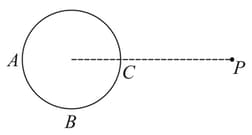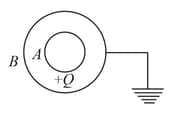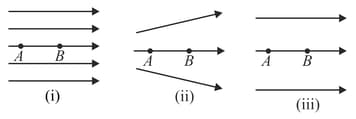Embibe Experts Solutions for Chapter: Electrostatics, Exercise 1: Exercise 1
Embibe Experts Physics Solutions for Exercise - Embibe Experts Solutions for Chapter: Electrostatics, Exercise 1: Exercise 1
Attempt the practice questions on Chapter 17: Electrostatics, Exercise 1: Exercise 1 with hints and solutions to strengthen your understanding. Physics Crash Course NDA & NA EE solutions are prepared by Experienced Embibe Experts.
Questions from Embibe Experts Solutions for Chapter: Electrostatics, Exercise 1: Exercise 1 with Hints & Solutions
When a number of charged liquid drops coalesce, which of the following quantity does not change?
The number of electrons in one charge is
If two electrons are forced to come closer to each other, the potential energy of the system of electrons will
Two equally charged metal spheres and repel each other with a force of . Another identical uncharged sphere is touched to and then placed at the mid point of the line joining the spheres and . The net electric force on the sphere is
The magnitude of point charge due to which the electric field away has the magnitude will be
A hollow conducting sphere is placed in an electric field produced by a point charge placed at as shown in figure. Let be the potentials at points and , respectively. Then

A spherical conductor is placed concentrically inside a hollow spherical conductor . The charge is given to and is earthed. Then the electric field is not zero

Figure shows three arrangements of electric field lines. In each arrangement, a proton is released from rest at point A and then accelerated through point B by the electric field. Points A and B have equal separations in the three arrangements. If and are linear momentum of the proton at point B in the three arrangement respectively, then

